Enhancing the Co-Working Experience: A Strategic Customer Journey Map for WorkNest
Project Description
In this project, I have designed a Customer Journey Map (CJM) and conducted a SWOT Analysis to identify opportunities for enhancing user experiences in a co-working space named WorkNest. The focus is on understanding user needs, addressing pain points, and leveraging opportunities to compete effectively against established players like WeWork, Workbar, and CO+HOOTS.
Overview of the Approach
The project adopts a user-centric design approach to map out Rachel Thompson's journey, a freelance graphic designer, as she navigates the WorkNest experience. Her journey is broken into four key stages:
- Awareness: Discovering the co-working space through online searches and platforms.
- Consideration: Exploring WorkNest's membership options and testing the space.
- Engagement: Using the workspace, amenities, and community features to achieve her goals.
- Advocacy: Sharing her experience, providing feedback, and referring WorkNest to peers.
The journey map highlights Rachel's user actions, goals, thoughts, feelings, and touchpoints while identifying pain points and opportunities at every step.
Key Insights from the SWOT Analysis
The SWOT analysis compares WorkNest against competitors (WeWork, Workbar, and CO+HOOTS) to understand their strengths, weaknesses, opportunities, and threats:
- Strengths: Strong global networks (WeWork), community engagement (Workbar), and affordable pricing (CO+HOOTS).
- Weaknesses: Limited geographic scope and fewer amenities for smaller competitors.
- Opportunities: Regional expansion, local partnerships, and the growing demand for community-focused spaces.
- Threats: Competition from established brands like WeWork and regional players like Galvanize and Impact Hub.
Outcomes and Recommendations
The analysis identifies actionable steps WorkNest can take to differentiate itself and improve user satisfaction:
- Seamless Booking Systems: Implement real-time booking tools for hot desks and meeting rooms.
- Community-Centric Features: Highlight networking events and local partnerships to attract freelancers.
- Tech-Driven Amenities: Offer advanced facilities like smart booking systems and live Wi-Fi performance displays.
- Referral and Loyalty Programs: Launch incentives to reward user advocacy and foster loyalty.
By addressing these opportunities, WorkNest can deliver a superior experience for users like Rachel while competing effectively in the dynamic coworking market.
This project serves as a strategic framework for enhancing user experiences, improving the online journey, and solidifying WorkNest’s position as a community-focused co-working provider.
Tools used
From brief
Topics
Share
You might also like
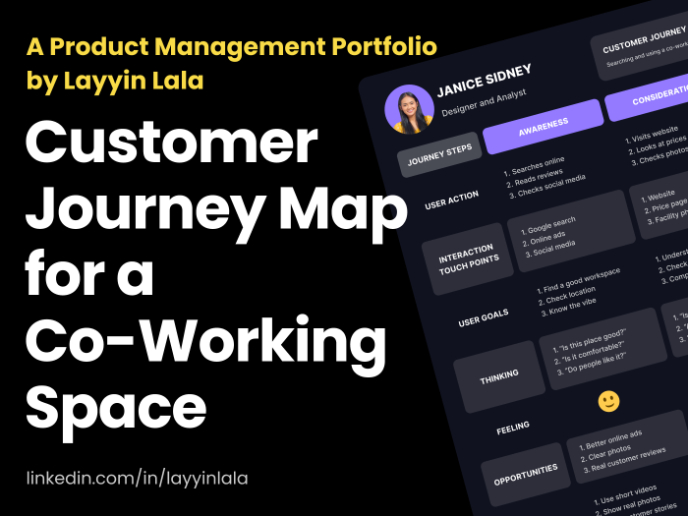
Customer Journey Map for a Co-Working Space
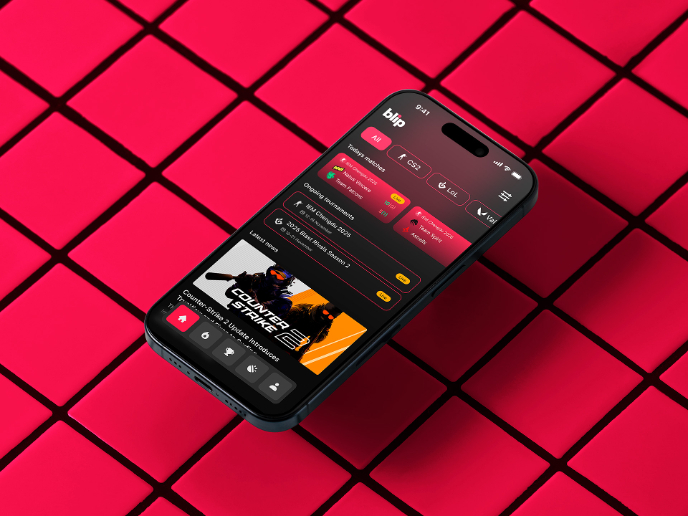
Blip - Esport app design (Light & Dark UI)
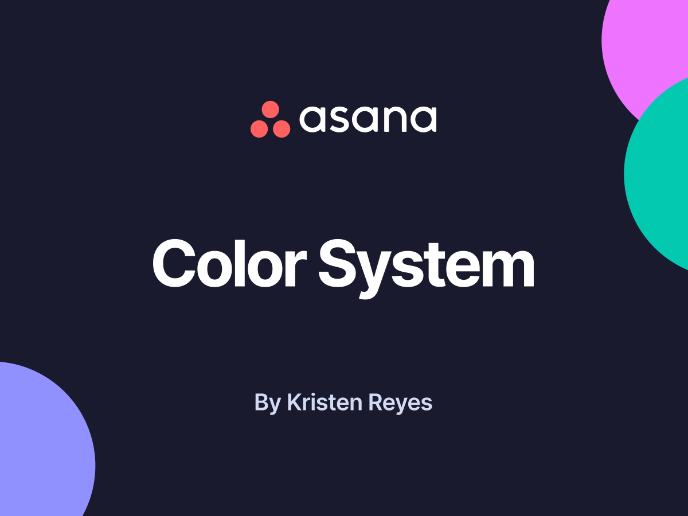
Reimagining Asana's Color System
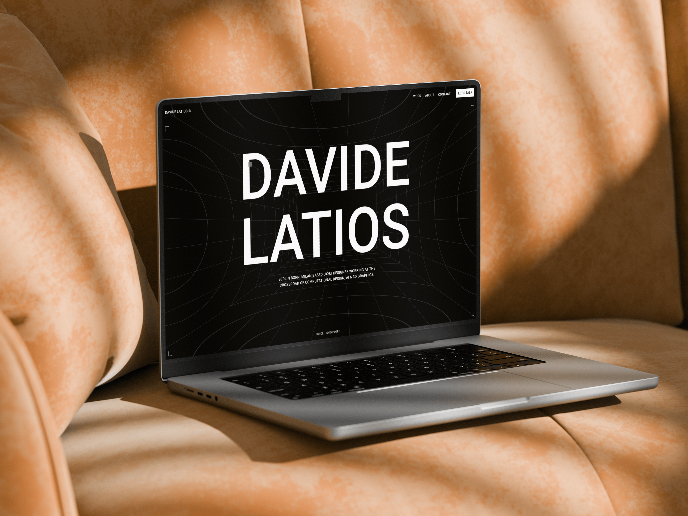
Latios - Free Portfolio Template for UX/UI Designers
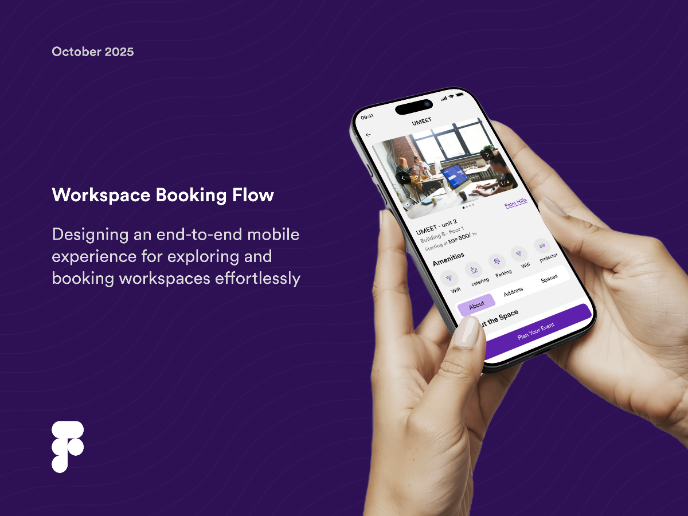
Workspace Booking Flow - UI/UX Design
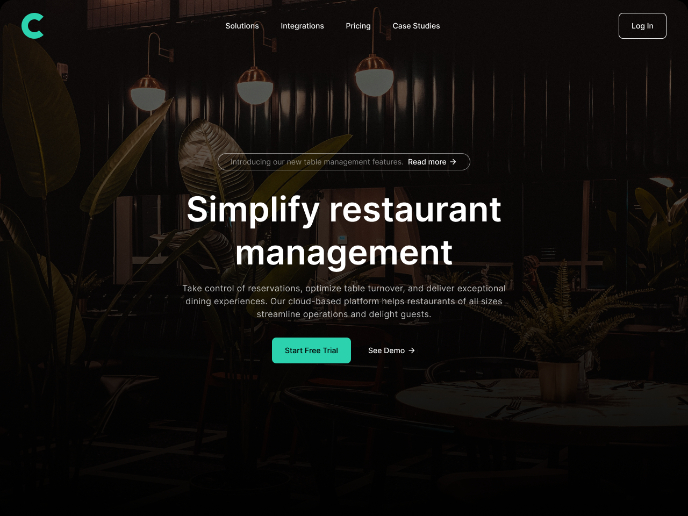
Responsive Main Screen
User Research Courses

Introduction to Product Management

The Product Development Lifecycle & Methodologies















